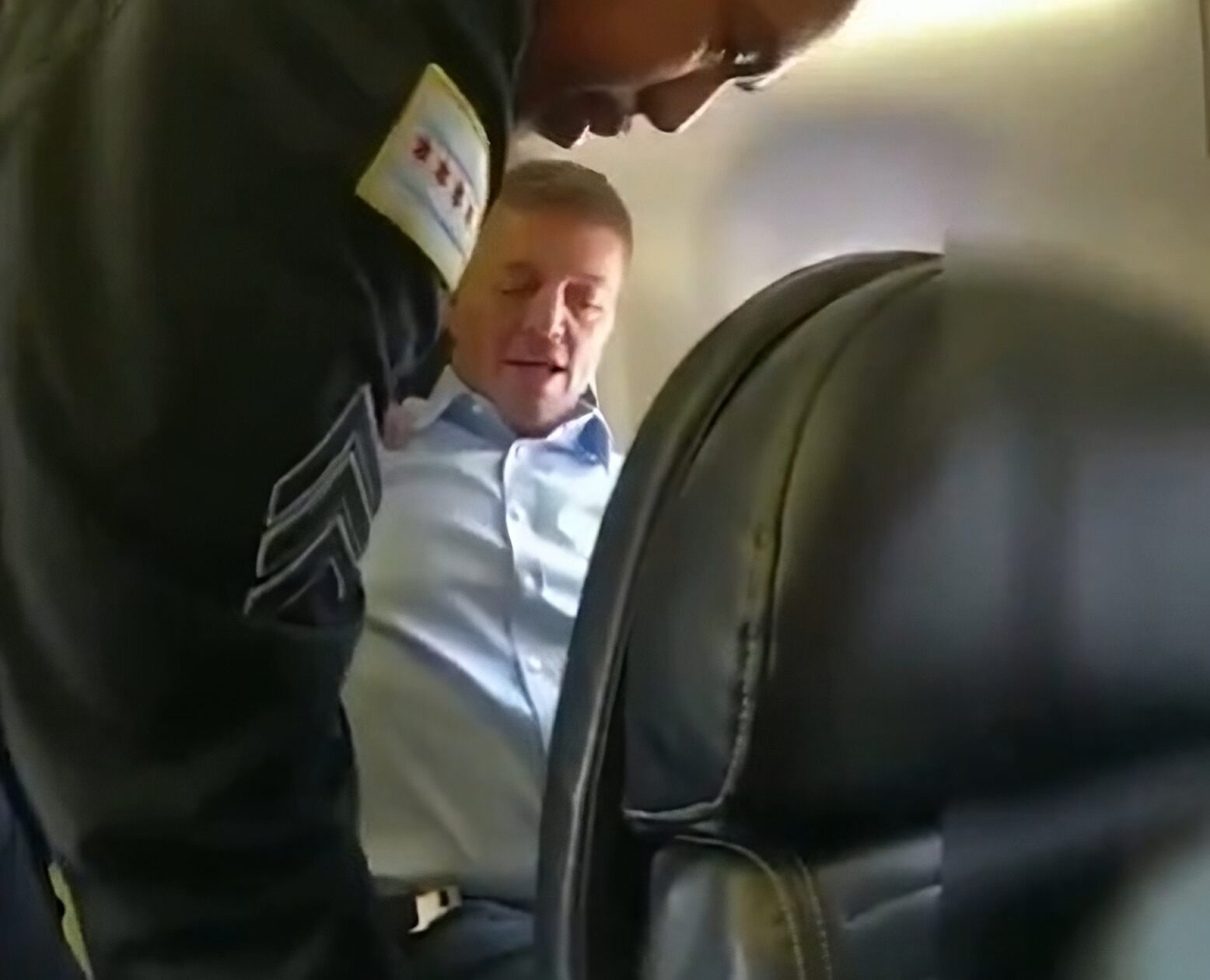Video game design boosts students’ literacy skills
Teachers generally frown upon students who play video games in class, but a public school in the Bronx has found a way to use video game design as an educational tool--and the results are astounding.


Key points:
- Through video game design, students built storytelling skills
- Benefits of gamified learning in literacy education
- 5 ways we used our literacy platforms to engage students
- For more news on literacy, visit eSN’s Innovative Teaching hub
Teachers generally frown upon students who play video games in class, but a public school in the Bronx has found a way to use video game design as an educational tool–and the results are astounding.
Students in the pilot program saw a significant improvement in their literacy skills over the course of only three months. The program gives educators one possible model to follow as they look to reverse the trend of declining student proficiency in reading.
The program
The creative new approach to literacy instruction took place in a voluntary afterschool program attended by students at the Max Schoenfeld School (“The Max”). After working on academics, students could choose from a variety of fun yet educational activities, and the game design program–which used a curriculum from Work ED–was one of them.
The program spanned 14 weeks and was aimed at third and fourth graders. Students went through all the steps of creating a video game, including writing the storyline, creating characters, and building the world in which their game takes place. They designed their game using Canva, and they presented their work to a panel of parents and teachers, much like the show Shark Tank.
During this process, the students practiced using complex sentence structures to explain their game, with the instructors using scaffolding techniques such as sentence frames to help them. For example, one sentence frame they were given was, “As the cartographer for my game map, I will include ____ and ____ as points of interest because ____.”
Additionally, the students broadened their vocabulary by learning language that’s critical to their academic success. In designing the map for their game, for instance, they learned words like “legend” and “bird’s-eye view.”
The results
Work ED assessed the participating students before starting the program and then again once they completed it. Overall, the students saw a 51-percent growth in their literacy skills, as measured by their progress toward meeting Common Core ELA standards.
More specifically, the highest areas of improvement were seen in determining the main idea of a text and explaining how it’s supported by key details (194-percent growth) and in analyzing multiple accounts of the same event and comparing their points of view (154-percent growth).
“With game design, you’re creating a story. You’re building characters and settings, and the players go through a story. So, there are tie-ins to storytelling and literature,” explained Jessica McDivitt, director of curriculum for Work ED.
There’s little doubt that one of the reasons for the program’s success is that the students had fun while learning–so much so that they might not even have realized they were learning.
“The students worked really hard, and they were very excited about the program,” McDivitt said. “It was a good experience for both the kids and the teachers.”
Workforce skills
The video game design program was not focused solely on building literacy skills. It also taught students valuable professional skills that can be used in the workforce. By sharing their process and final result Shark Tank-style, the students learned how to communicate effectively and pitch their ideas.
“Most of what we were doing had to do with the standards for reading informational text, things like marketing and tailoring your game pitch for your audience,” said McDivitt. She described the program as a “blend” between teaching students to “read at a high level” and be able to “engage in the workforce and support themselves.”
Roxanne Ledda, principal at The Max, said she was “elated” to see the students accomplish such significant progress in such a short amount of time.
“The students increased their vocabulary acquisition and improved their speaking skills by 50 percent in a couple of months. This is truly remarkable,” she noted. “I would love to expand on the number of students that engage in the program in the future.”



















![[DEALS] The 2025 Ultimate GenAI Masterclass Bundle (87% off) & Other Deals Up To 98% Off – Offers End Soon!](https://www.javacodegeeks.com/wp-content/uploads/2012/12/jcg-logo.jpg)



-Olekcii_Mach_Alamy.jpg?width=1280&auto=webp&quality=80&disable=upscale#)













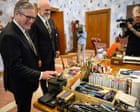



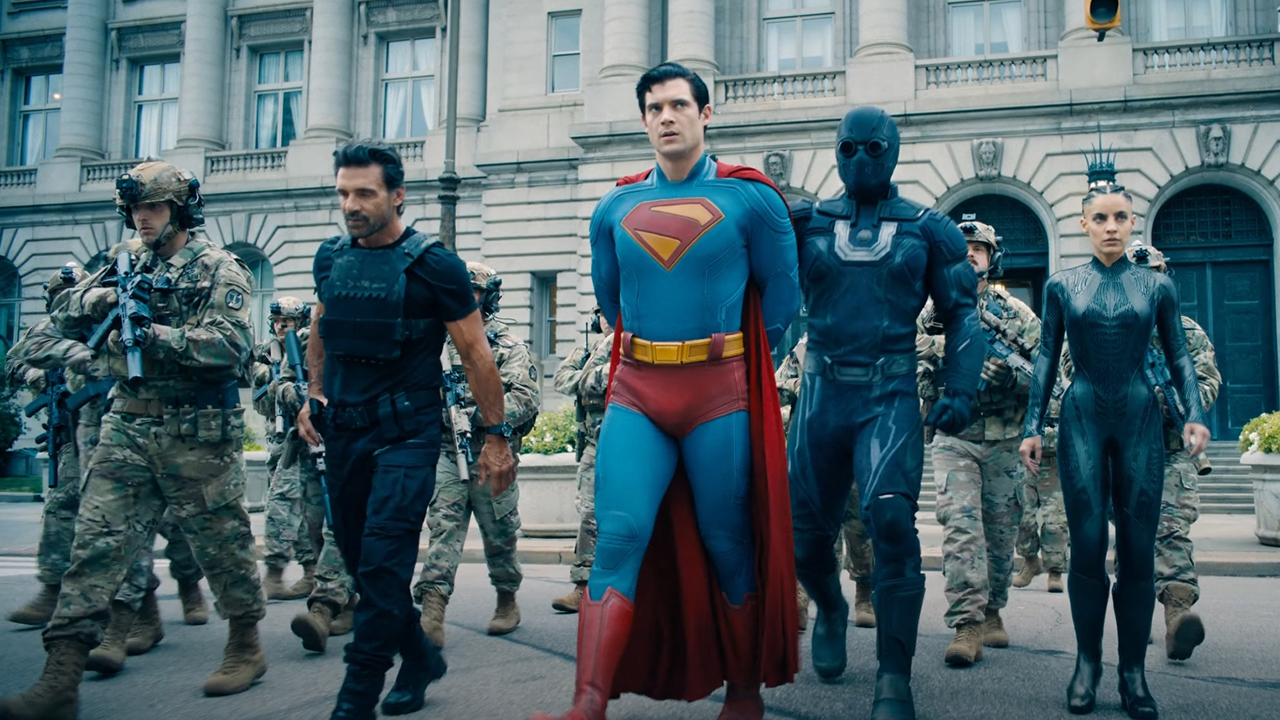
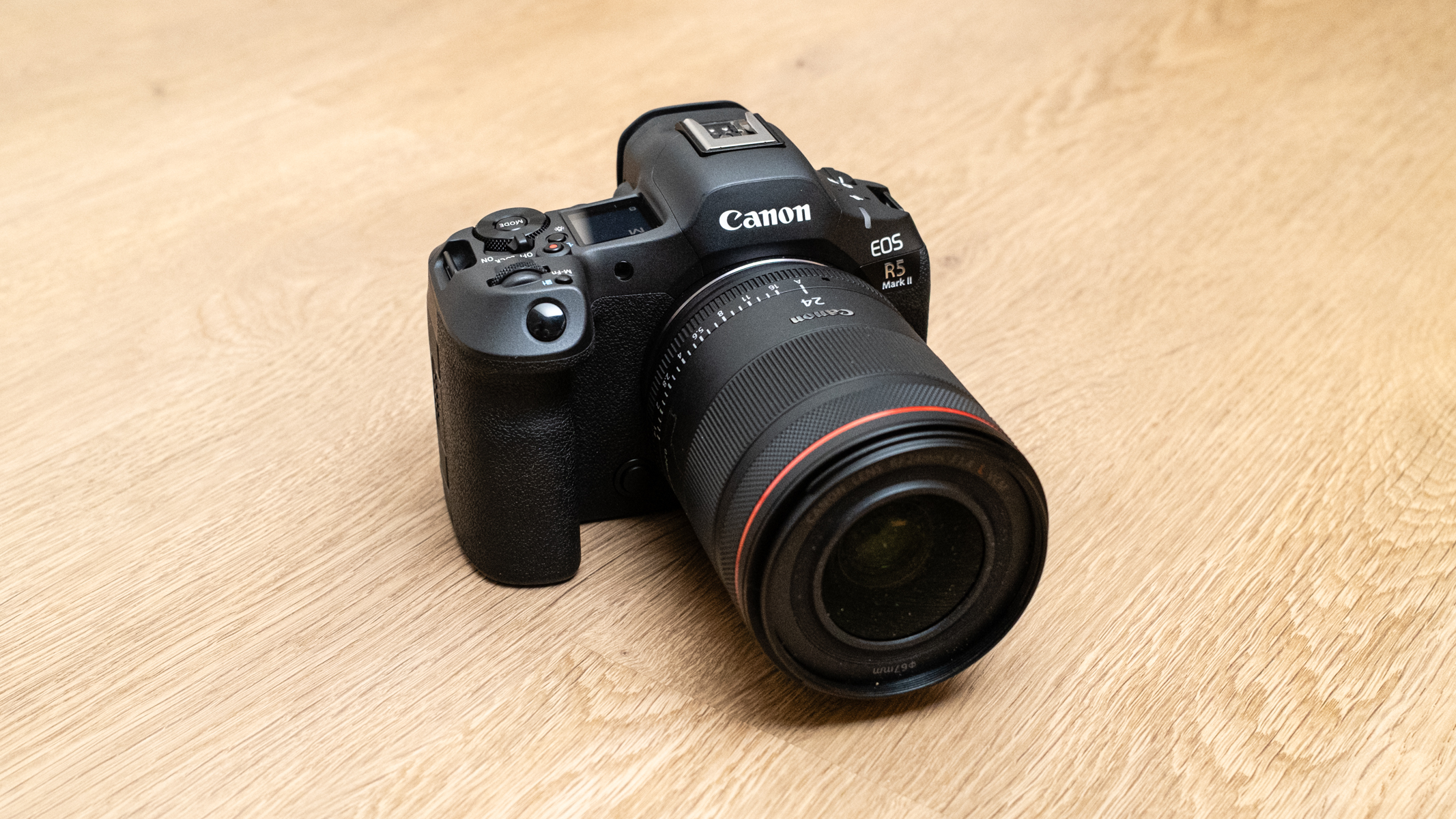



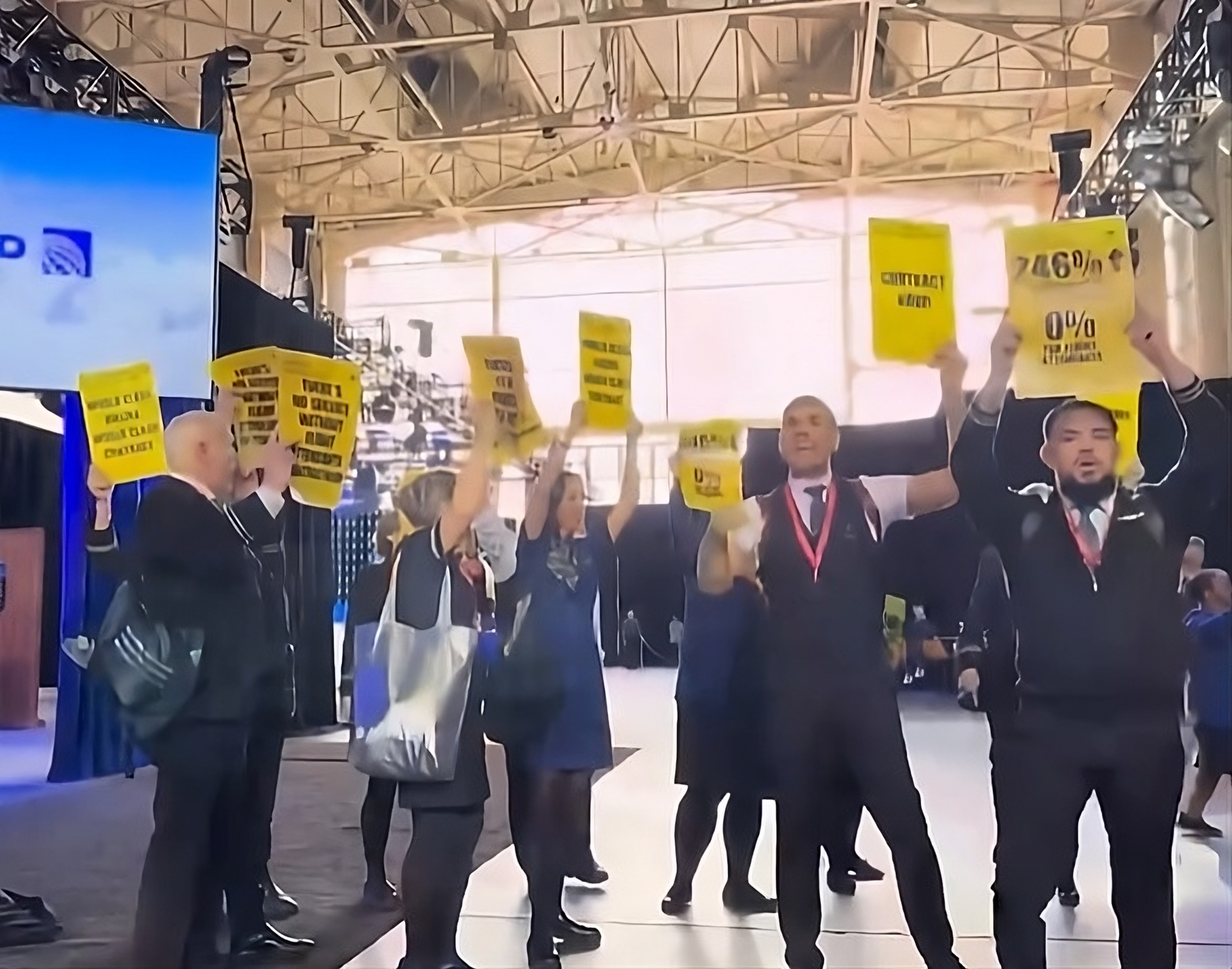
![Air Traffic Controller Claps Back At United CEO Scott Kirby: ‘You’re The Problem At Newark’ [Roundup]](https://viewfromthewing.com/wp-content/uploads/2025/05/scott-kirby-on-stage.jpg?#)
